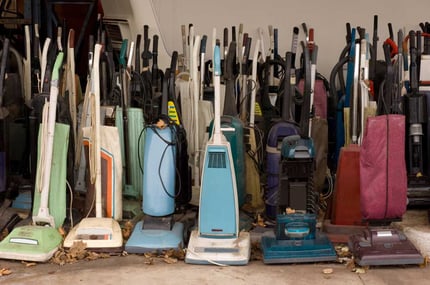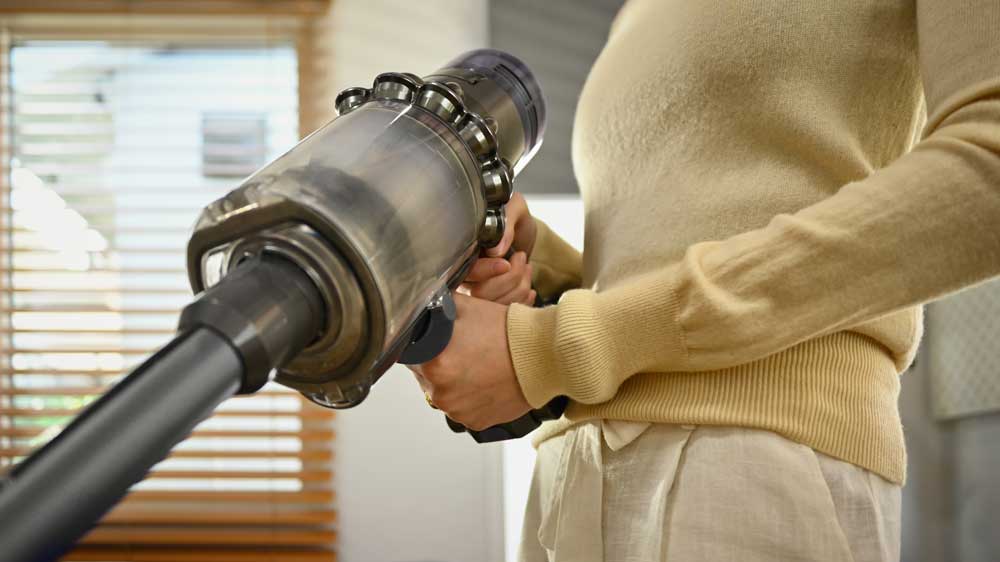How Long Should a Vacuum Last? When It Is Time to Upgrade
Vacuum cleaners are some of the most frequently used appliances in the home, but many consumers aren’t sure how long they’re supposed to last. Some systems appear to wear out in just a few years, while others remain reliable for decades. So, how do you know when it’s time to repair, replace, or finally upgrade?
This article answers that common question by breaking down the average vacuum lifespan, identifying warning signs, and highlighting why investing in a system built to last, like a Kirby, often proves more cost-effective and dependable in the long run.
The Question Every Homeowner Asks
Understanding the Average Vacuum Lifespan
Most upright or canister vacuums typically last between five and eight years, depending on usage and the quality of the build. However, that average is influenced by a growing market of lightweight, budget-focused models that prioritize convenience over durability.
Why Durability Varies Between Brands and Models
Many mass-market vacuums are made with plastic housings and lower-grade internal components. These systems are designed for short-term use, often with limited serviceability. In contrast, vacuums built with metal components and replaceable parts can last significantly longer, especially with regular maintenance.
How Long Should a Vacuum Last With Regular Use?
With routine care, a well-made vacuum should remain effective for well over a decade. Systems like Kirby’s, designed for long-term use, can often exceed 15 to 20 years, especially when supported by professional service and access to replacement parts.
 Signs Your Vacuum May Be Near the End
Signs Your Vacuum May Be Near the End
Even with maintenance, every vacuum reaches a point where repairs no longer make financial or practical sense. Here are some of the most common indicators that it may be time to consider replacing your current machine.
Loss of Suction That Doesn’t Improve With Cleaning
If filters, bags, and hoses have already been cleaned or replaced but suction remains poor, it may indicate internal damage or motor degradation that’s difficult to reverse.
Unusual Noises, Smells, or Overheating
Rattling, burning smells, or heat emanating from the vacuum’s body often indicate worn-out internal parts. These issues may require costly repairs—or signal that the system’s overall integrity is breaking down.
Frequent Repairs and Rising Maintenance Costs
A steady pattern of repairs, part replacements, or declining performance is a clear sign that a machine may not be worth additional investment. This is especially true when the cost of service begins to approach the value of a replacement system.
Declining Performance on Carpets, Rugs, or Hard Floors
If the vacuum no longer lifts embedded dirt, struggles to clean edges, or leaves behind debris on any surface, it may be time to upgrade to a model with stronger, more consistent suction.
The Problem With Disposable Vacuums
Short Lifespans Lead to More Waste and Replacement Costs
Lower-cost vacuums that last only a few years may seem economical—but repeated replacements add up. Over time, the total cost of replacing short-lived systems often exceeds the price of a long-lasting vacuum purchased once.
Cutting Corners Often Means Sacrificing Performance
Budget models may omit essential features such as sealed systems, high-efficiency filtration, or heavy-duty brush rolls. While they may clean surface debris, they rarely offer the deep-cleaning performance needed for high-traffic areas or thick carpets.
Why “Cheap Now” Usually Becomes “Expensive Later”
Frequent breakdowns, lack of parts, and shorter warranties all contribute to a cycle of recurring costs. Investing in a vacuum built to last helps break that cycle and reduces long-term waste and frustration.
The Kirby Solution: Built to Last for Decades
Rebuildable Systems That Extend the Life of Your Vacuum
Kirby vacuums are designed to be rebuilt, not replaced. Through the Kirby Rebuild Program, owners can send their machines back for a full factory refresh. The result is a vacuum that looks and performs like new, often for a fraction of the cost of replacement.
Genuine Parts and Professional Service Options
Kirby owners can access authorized parts and repair services through a nationwide network of certified locations. Whether it’s a belt, motor, or powerhead adjustment, support is available to keep machines running efficiently.
Find service here: Locate a Kirby Service Center
Kirby Vacuums as a Long-Term Investment in Home Care
Built with durable materials, including aluminum housings and metal components, Kirby vacuum systems are manufactured in the U.S. and built for daily use across multiple surfaces. For households seeking reliable tools that stand the test of time, Kirby delivers lasting value and consistent performance.
When It’s Time to Upgrade
Knowing When Repair Still Makes Sense
If your vacuum is a few years old and showing minor wear, replacing a belt or filter may restore its performance. Kirby owners, in particular, benefit from long-term part availability and cleaning tips to support regular maintenance.
Recognizing When an Upgrade Is the Smarter Choice
If your current vacuum shows multiple signs of decline—especially in suction, reliability, or repair costs—it may no longer be worth salvaging. For homeowners using plastic-bodied machines or systems with no parts support, upgrading to a more durable model may save money in the long run.
Why Buying a Kirby Today Means Value in the Future
A Kirby Avalir Platinum delivers not just power and performance, but peace of mind. With a limited lifetime warranty, available service, and rebuild options, it's a long-term solution built for daily demands.
